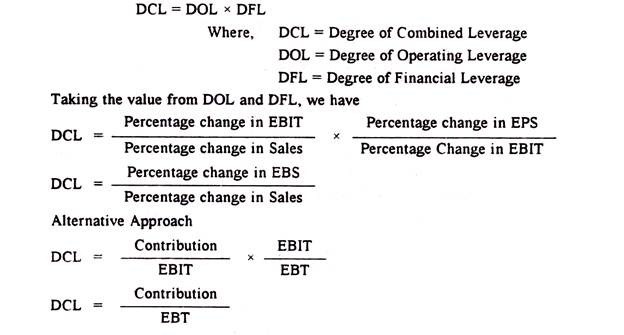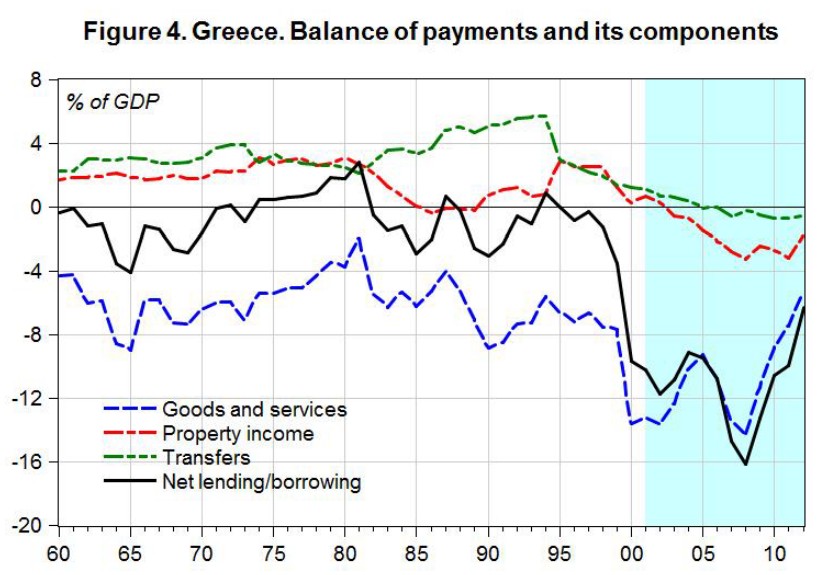The RBI pays interest on CRR balance of a bank at
Contents
When banks link the interest rate on their loans to the repo rate, this is known as the repo linked leading rate, RLLR. So, when home loans are attached to the repo linked leading rate, it is known as repo linked home loans. The repo linked home loan is not only available for first-time purchasers but also for existing borrowers. The benefit of this is that if you’ve borrowed under the marginal cost of a funds-based lending rate, you have the opportunity to move to RLLR. Hike in CRR may increase the lending rates of commercial banks. The Base Rate also helps the banks to cut down on their cost of lending to be able to extend affordable loans.
The Reserve Bank of India has the authority to increase this ratio by up to 40%. Statutory Liquidity Ratio popularly called SLR is the minimum percentage of deposits that the commercial bank maintains through gold, cash and other securities. However, these deposits are maintained by the banks themselves and not with the RBI or Reserve Bank of India. If the RBI accedes to the government proposal, it will have to shell out close to Rs 19,000-20,000 crore assuming an interest rate of 7 per cent every year as interest on CRR. As total deposits of the banks amounted to Rs 64,10,000 crore as of November 2012, banks have kept around Rs 2,72,000 crore with the RBI at the current CRR level of 4.25 per cent.
www.moneylife.in
From the 7th of February 2019, the repo rate was 6.25% and the reverse repo rate was 6%. From the 1st of August 2018, the repo rate was 6.50% and the reverse repo rate was 6.25%. From the 6th of June 2018, the repo rate was 6.25% and the reverse repo rate was 6%. From the 2nd of August 2017, the repo rate was 6% and the reverse repo rate was 5.75%.

The banks benefit as they receive interest for their holdings with the central bank. When there are high levels of inflation in the economy, the RBI increases the reverse repo rate. This makes the banks park more funds with the RBI in order to earn higher returns on surplus funds. In return, banks are left with fewer funds to give out loans to consumers. In the other case where inflation is too low, the reserve bank of India needs an increase in funds so it lowers the repo rate. This way many businesses and industries find it easier to take loans from the banks for their various investment purposes.
Suvidha Tax Saving Fixed Deposits (5 YEARS)
Until 24 June, commercial banks were earning a 3.5% interest on the money above the cash reserves that they maintained over the stipulated 3%. The repo rate is the rate at which commercial banks borrow money by selling their assets to the Reserve Bank of India to maintain liquidity in the event of a cash shortage or other regulatory actions. It is one of the RBI’s primary tools for maintaining price stability. When RBI cuts the repo rate, banks can borrow money from RBI at a cheaper rate.
- From the 7th of February 2019, the repo rate was 6.25% and the reverse repo rate was 6%.
- We sometimes forget what an important role the repo rate plays in our future investments and plans.
- The Statutory Liquidity Ratio acts as one of the reference rates when RBI has to determine the base rate.
- The RBI is responsible for balancing inflation and economic growth in the country.
Repo Rate is used to control inflation and deficiency in funds, whereas the Reverse repo rate is used to manage the cash flow. • When RBI increases the CRR, fewer funds are available with banks as they have to keep larger portions of their cash in hand with RBI. Moreover, Reserve Bank does not pay any interest on the CRR balances. A possible alternative in whichIDBI’s retail assets could have been sold to a commercial bank and the remaining project finance portfolio turned into a wholesale and long-term finance bank is discussed. Every bank must have a particular portion of their Net Demand and Time Liabilities in the form of cash, gold, or other liquid assets by the end of the day. The ratio of these liquid assets to the demand and time liabilities is called the Statutory Liquidity Ratio .
With so many laws and rates, it’s not easy to find what’s best for you and your plans and investments. With the changes that come with the RBI and its monetary policies and laws. Our experts guarantee you the best services and easy ins and outs of the system with years of experience when it comes to getting you the best rates for home loans. Click the link below to know more about NoBroker home loan services. According to the RBI Monetary Policy repo rate or the latest repo rate is 4% and the reverse repo rate is 3.35%. The SLR is 18%, the Marginal Standing Facility Rate is 4.25% and the Bank rate is also 4.25%.
The liabilities of a bank include call money market borrowings, certificate of deposits, and investment deposits in other banks. Repo rate and reverse repo rate are significant from the perspective of RBI’s liquidity framework. The Liquidity framework aims at avoiding liquidity-related crises in the Indian Banking systems and this is achieved through the implementation of repo agreements. Through repo transactions, RBI can inject liquidity into the Indian banking system, while reverse repo is used to absorb liquidity.
SLR ensures that there is solvency in commercial banks and assures that banks invest in government securities. NDTL refers to the total demand and time liabilities of the public that are held by the banks with other banks. Demand deposits consist of all liabilities, which the bank needs to pay on demand. They include current https://1investing.in/ deposits, demand drafts, balances in overdue fixed deposits, and demand liabilities portion of savings bank deposits. Under the law, banks have to keep 6% of their deposit liabilities with RBI as a cash reserve. However, the minimum cash balance to be kept with RBI is 3% and banks used to earn interest over and above this.
Key differences between Repo Rate vs Bank Rate
The Reverse Repo Rate is the rate at which the Reserve Bank of India borrows money from the banks. It may seem like the repo rate plays no role in our day-to-day life. Why would we be affected by what happens between the RBI and other banks, right? They do this by buying securities bonds from the banks and providing cash to them in exchange for the collateral deposited.
Time deposits consist of deposits that will be repaid on maturity, where the depositor will not be able to withdraw his/her deposits immediately. Instead, he/she will have to rbi pays interest on crr balances of banks at wait until the lock-in tenure is over to access the funds. Fixed deposits, time liabilities portion of savings bank deposits, and staff security deposits are some examples.

This in turn increases the overall supply of money in the economy which additionally increases the growth rate of the economy. This is where you should understand the Reverse Repo Rate meaning, as this is the rate of interest that the RBI pays to the commercial banks when they keep their extra money with the central bank. For example, given the RBI is also essentially a bank, it needs to earn more than it pays out, and therefore, the repo rate also has to be greater than the Reverse Repo Rate.
When you borrow money from the bank, the transaction naturally includes interest on the principal amount. In a much similar way, banks borrow money from the Reserve Bank of India, during a cash crunch or inflation on which they are required to pay a certain amount of interest to the Central Bank. When the Reserve Bank of India decides to review its monetary policy, people are wary about the repo and reverse repo rate from stakeholders like banks and industry analysts. Apart from SLR, repo rate and reverse repo rate are other metrics that the RBI uses for economic regulation. Whenever RBI modifies the rates, it impacts every sector of the economy, albeit in different ways.
Impact of Repo Rate and Reverse Repo Rate cuts by RBI
This means that the banks would have more money to play and this leads to a reduction of interest rates on loans provided by the Banks. The Statutory Liquidity Ratio acts as one of the reference rates when RBI has to determine the base rate. This rate is fixed to ensure transparency concerning borrowing and lending in the credit market.
Subscribe To Our Newsletter
Naturally, the Reserve Bank of India will not hand out loans when banks ask for it any time, hence there are some things that need to be in place for a bank to avail of a loan from the Reserve Bank of India. A Repo rate is also called a ‘Repurchasing Option’ or ‘Repurchase Agreement’. It basically means that it is an agreement that includes the banks providing eligible security measures such as Treasury Bills to the Reserve Bank of India when they take overnight loans. Save taxes with Clear by investing in tax saving mutual funds online. Our experts suggest the best funds and you can get high returns by investing directly or through SIP. Download Black by ClearTax App to file returns from your mobile phone.
